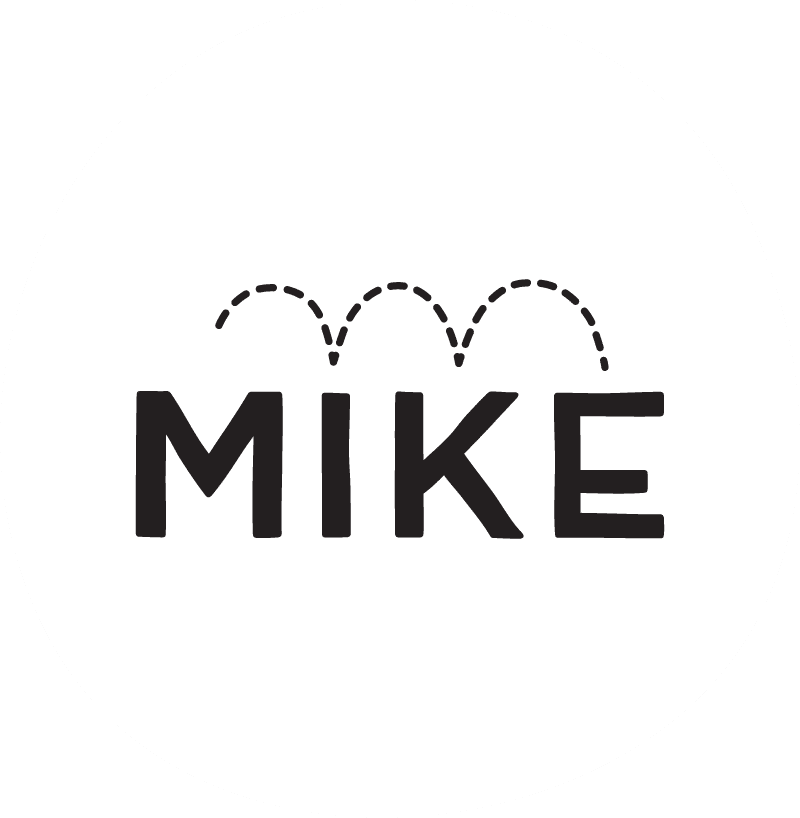Anthony Leonardi III has been shaping stories through art from a young age. His unique blend of drawing and directing allows him to visualize projects before they hit the screen, working with top brands and franchises to push creative boundaries.
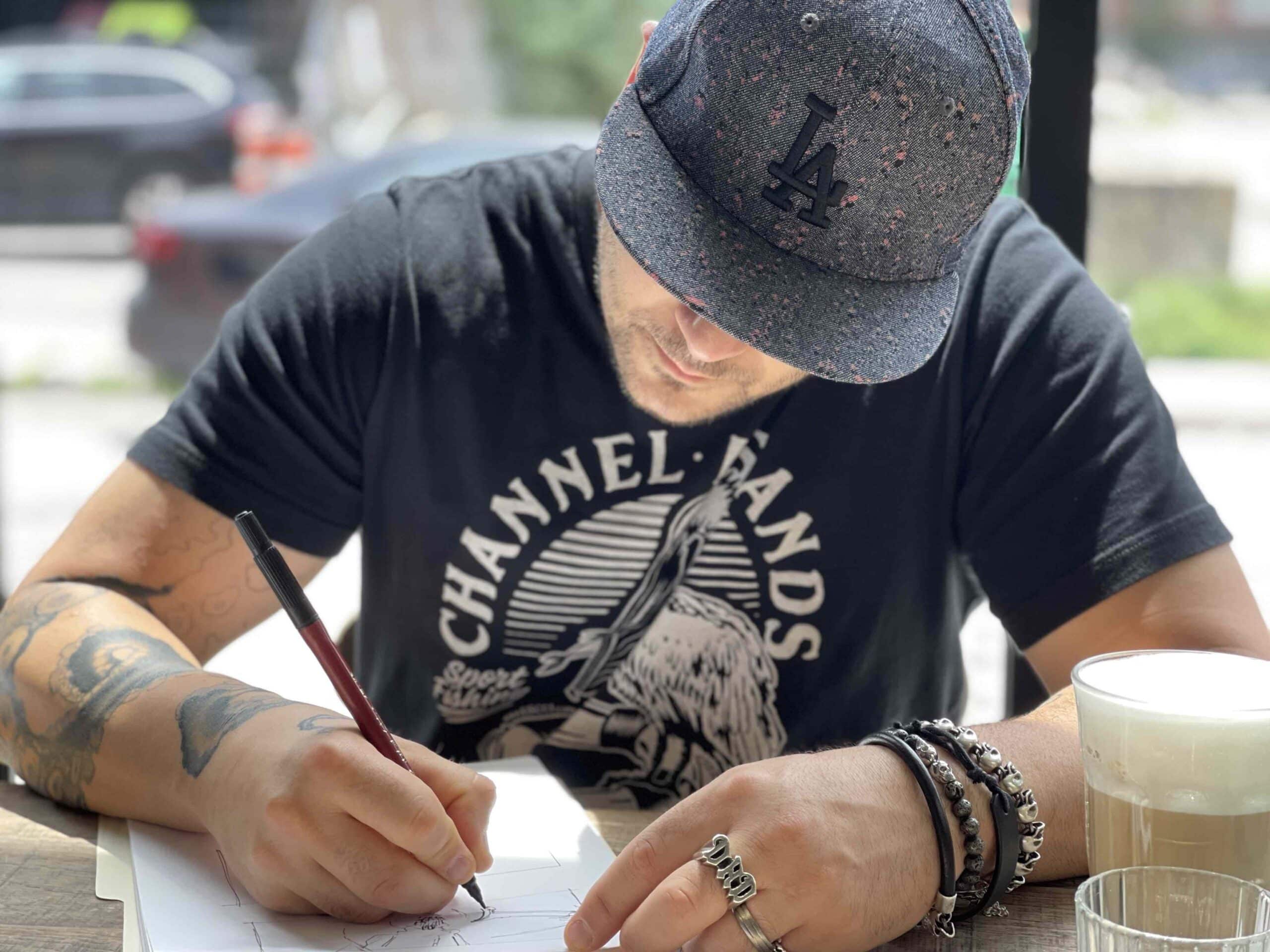
Can you tell us a little about your background? How did you get into this line of work?
My family was in the film industry, as set painters and construction workers. I thought films were the greatest thing on earth. I’d sneak onto movie sets whenever I could, just to watch. Seeing all these different people with unique skills come together to create something was magical—it felt like stepping into another world.
I was rare in that I knew what I wanted to do from a young age. It wasn’t so much that I knew directing was the job—I just knew I wanted to create moving stories. It started with drawing. I’d draw something and wonder, “Why doesn’t it move?” So, I’d draw another frame and start animating. That’s how it all began.
When I look back at artists like Rembrandt, I bet he would’ve been a filmmaker. His paintings look like they’re about to move and tell a story. I was fascinated by that.
You’ve worked on some incredible film and commercial projects for iconic brands and franchises. How do you approach a job, and how does it feel to collaborate with other top creators who are also at the peak of their craft?
Storytelling has always been how my brain works. As a kid, I couldn’t afford a camera, so I’d draw my stories instead. That became my way into the film industry. Drawing allows me to explore a film before I even start working on it. People saw my art and ideas, and that opened doors for me to work on high-end projects with people I admire. It’s been an amazing journey—being invited to the table, having my voice heard, and solving problems creatively.
"When I look back at artists like Rembrandt, I bet he would’ve been a filmmaker. His paintings look like they’re about to move and tell a story."
That ability to visualize and conceptualize on paper—how does that influence your directing?
I always assumed that’s what directors did. As a kid, I thought directors conceptualized everything on paper, figured out how to make it happen, and then communicated that vision visually. I’d invite other kids over, show them my drawings and ask their opinions. Then I’d borrow a camera, and start creating. It was just a way of communicating to the group, and that carried me through high school and college.
When I got into filmmaking and started working on big projects, that ability to visualize and communicate visually became invaluable. It allowed me to play in the imagination world, see things from every angle, and then figure out how to bring the ideas to life. That’s really helped me out quite a bit.
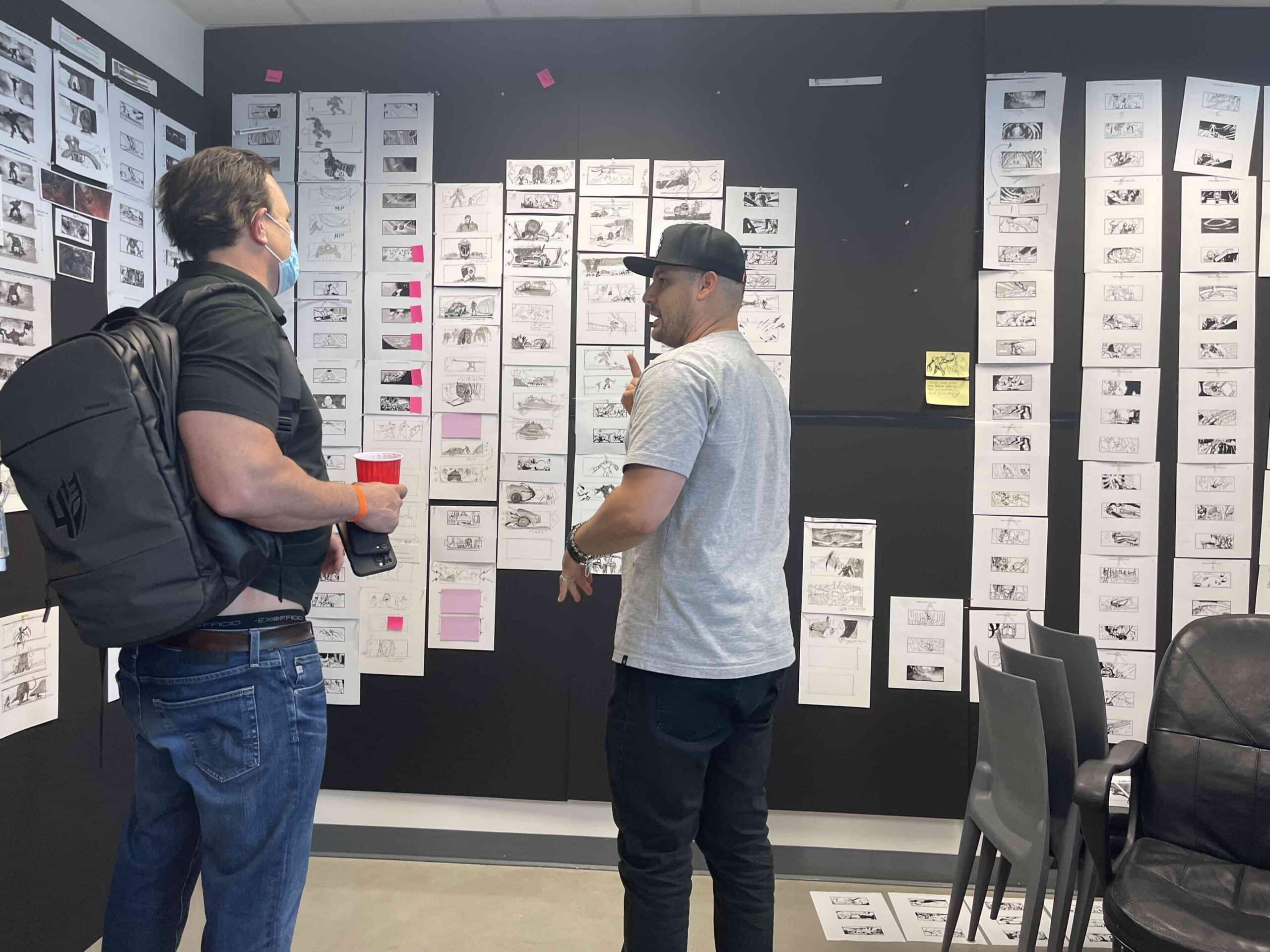
How does it feel to work so intensely on a project with so many people, and then suddenly it’s over?
Honestly, that’s one of the most bittersweet aspects of the film industry—it’s always over. You spend months, sometimes years, in this incredibly intense, creative environment with a team of passionate people, all working toward the same goal. There’s a lot of pressure, but also a lot of joy in that process. And then, suddenly, it’s a wrap.
It’s a bit like playing in a sports game. You’ve got a limited time to achieve something, and everything’s happening live. Things go wrong, things change, and you adapt in real-time. But when the game ends, it’s over.
It’s always a very intense experience but there’s something about bringing people together. I work with a lot of the same people and we all rally around a shared vision. That camaraderie is very hard to find in the normal world.
"I always took notice of which directing styles made me work harder. I felt when people trusted me it inspired me and I would work ten times harder."
What qualities do you feel are important in a director?
Coming up as an artist and director I was able to see different directing styles. I always took notice of which directing styles made me work harder. I felt when people trusted me it inspired me and I worked ten times harder. Then, on projects where people were yelling or fighting in the next room, at five o’clock I was ready to go home.
At the end of the day, we all work hard, and we want to go home and have time with our family to be human. I think creating an environment where we can go do these impossible things, and then still at the end of the day be friends and go home and be normal people, is really important.
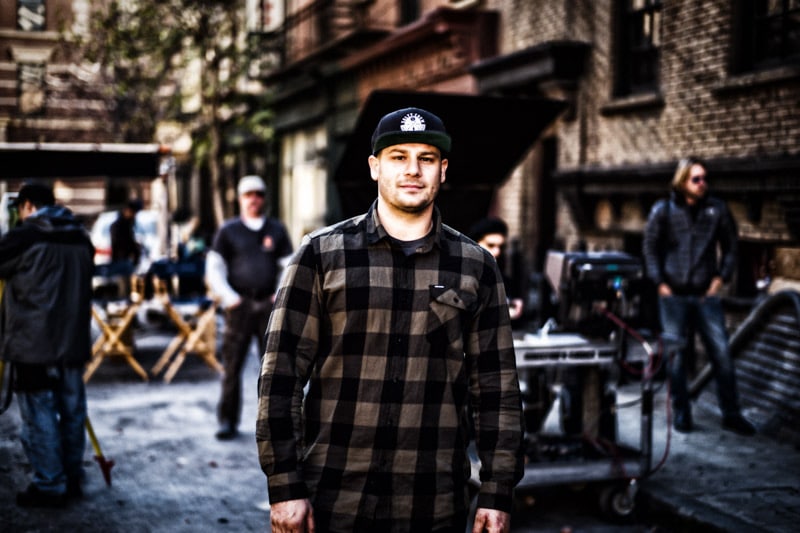
"My brain always jumps to finding the natural, fun storytelling angle, whether it’s in a feature, a commercial, or a music video."
You’ve done several commercials with Marvel characters, which requires a lot of trust from Marvel. How do you earn that trust with such iconic brands and characters?
When I’m brought onto a project, I don’t really think about the scale or the pressure of it. I approach it the same way I’ve always approached storytelling—by focusing on the story itself. What I loved about the Marvel stuff was that we were essentially making short films, integrating the brand in a way that felt natural. It’s always about finding what’s relatable, like the father-son dynamic between Peter Parker and Iron Man. That’s a simple, universal theme that resonates with everyone, even if they don’t consciously think about it while watching.
My brain always jumps to finding the natural, fun storytelling angle, whether it’s in a feature, a commercial, or a music video.
You just finished a project with HBO. Can you tell us a bit about that?
We recently wrapped a collaboration with DoorDash and House of the Dragon. It was fun, especially because it all came together so quickly—just two weeks from pitch to shoot. The concept was this visual puzzle that starts with a simple shot of a bag, and as the camera pulls back, you realize you’re in the world of House of the Dragon. It was a really clever way to integrate DoorDash’s product into these different time periods—past, future, and everything in between.
What made it even more special for me was that I’ve worked closely with the production designer of Game of Thrones for years. She’s a longtime collaborator, and we worked together on Games of Thrones Season 2. It’s cool knowing I left a little fingerprint on that world.
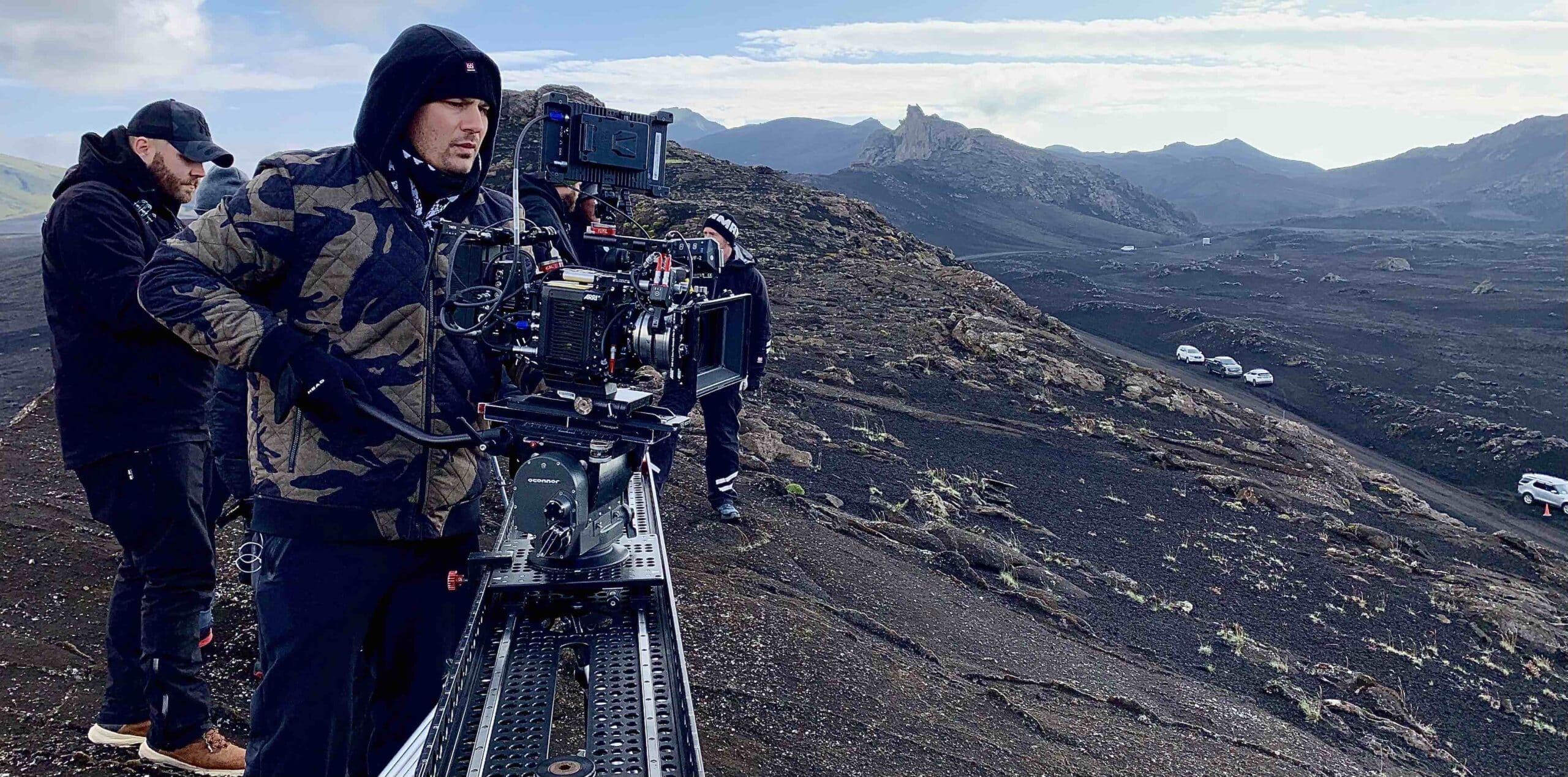
What does creativity mean to you?
It’s all about imagination. It’s also the human voice. It’s why art is so important.
It doesn’t have to be literal, but I think when you make something, you capture a moment in time, a moment of humanity. And I think that’s what creativity is; it’s how we express and share feelings and ideas through each of our unique lenses. If everybody did it the same way, it’d be pretty boring.
I got into art and film because I get to work with other artists and I’m not locked in my room. I can be creative in my room all day, but when you’re creative with somebody else, it amplifies your ideas.
How do you define good taste?
You either have it or you don’t. You can learn all the technical skills as an artist—that’s the easy part. But taste? That’s something innate.
Taste develops naturally when you’re out in the world—traveling, watching movies, reading books. You start trusting what you like. And as you become more professional, you have to find that sweet spot where your taste is in tune with what the audience wants.
When I was making short films, I’d just go with what felt right, even if it was wild. Some people loved it, some hated it, but I learned to stay true to my taste. It’s not something I overthink. Especially in film, where you’re moving so fast, you just have to trust that your taste is going to guide you.
So, when we create, we have to think, “This might not exist yet, but I know it’s something I’d want to see or hear.” That’s our job—to create what we’d love to experience.
"You can learn all the technical skills as an artist—that’s the easy part. But taste? That’s something innate."
What do you believe is important when it comes to execution of a great idea?
For me, it all starts right here in my home studio. As soon as I read a script or jot down an idea, the first thing I do is start sketching it out. It’s like my own form of VR—I can step into the scene and start visualizing it, asking myself the important questions: Why are we doing this? What’s needed? Do I really need this element? I’m always trying to drill down to the emotional core of the story and build everything on top of that.
Vision is what I chase the most. If I can see an idea clearly in my mind, then I know I have a direction, and I can get everyone on board. Without that vision, it’s almost impossible to execute anything. Take the DoorDash project, for example. I got the call, and right after hanging up, I storyboarded the whole thing. Within 24 hours, we had the pitch ready, and those initial storyboards pretty much became what we shot. It’s all about being able to go from that initial idea in my head to something tangible that the crew can start building on.
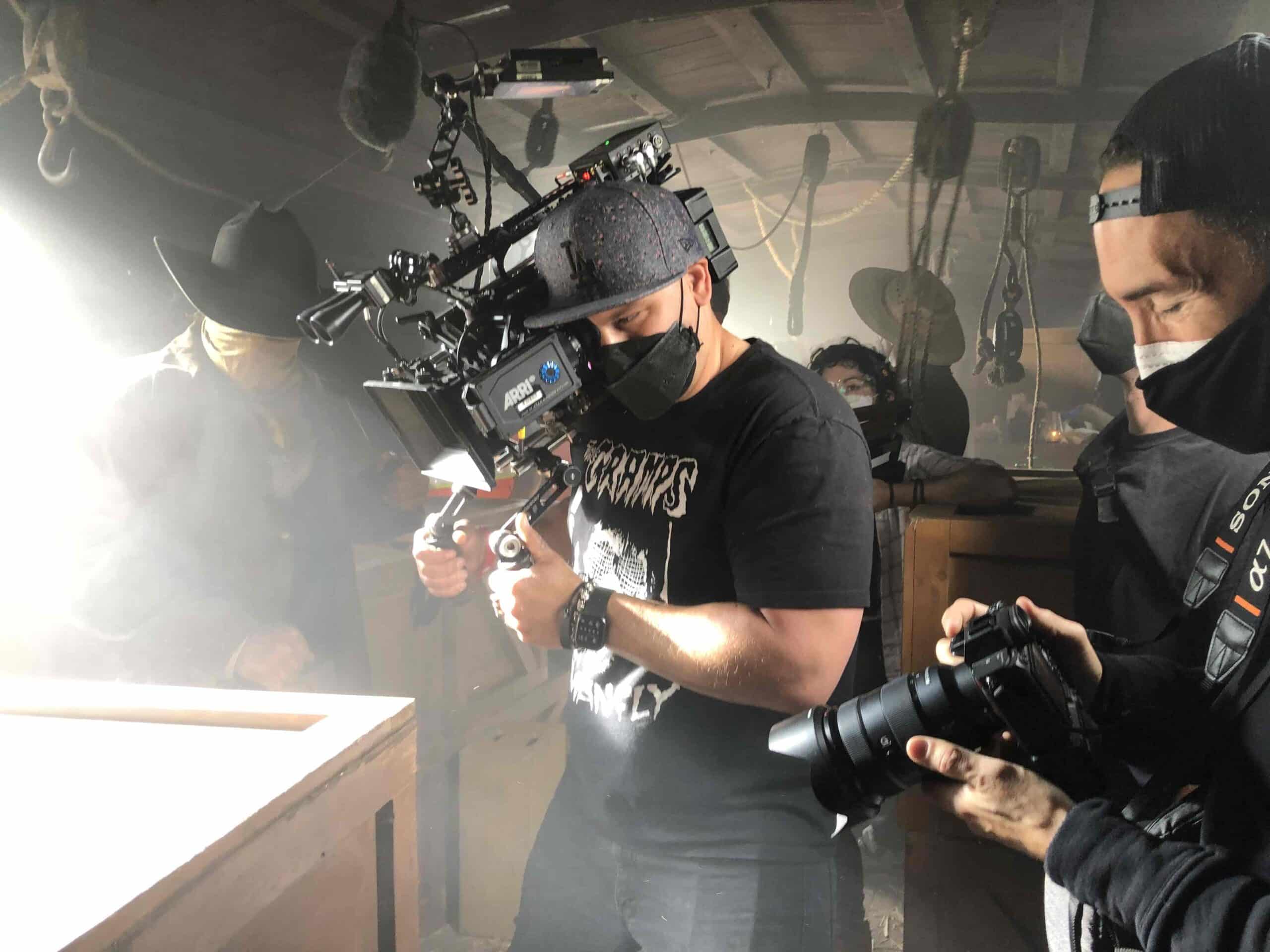
How do you set up your team for success?
I’m all about setting the team up for success by being prepared and focused. My job is to make sure the team has the information they need to start strong. It’s about giving everyone a clear starting point so they can bring their ideas to the table. It’s like auditioning an actor—you don’t want to tell them what to do right away. You see what they naturally bring, and then guide them from there. The same goes for the crew. I show up with my homework done so that everyone has a foundation to build on.
How do you see AI playing into your craft?
I use AI occasionally, treating it like a Google search engine, or even putting my own drawing in and trying tweaks. Sometimes this sparks something interesting, but it’s not the core of the process. My main artists are there for their brains, not just their technical skills. I think the film industry can sometimes fall short when it treats artists like interchangeable parts rather than thinkers.
There’s no shortcut to the amount of brainpower and creativity needed in this work. Some people are becoming artists through AI, and they’re doing great stuff, but it still requires hard work.
AI isn’t going anywhere, and there are exciting possibilities within that system. But it’s about using it in a way that doesn’t compromise the quality of the work. There’s still so much potential to create something great with AI, as long as we remember that it’s just a tool in the process, not the whole thing.
"What I love about drawing and painting is that there are no limits. It’s like flying... I can create whatever I want, whenever I want"
Looking at your art, it’s reminiscent of Francis Bacon, where there’s an ability to find beauty in the grotesque. Tell us what you’re channeling when you’re creating art.
My art is really an exercise of my subconscious, a reflection of whatever’s swirling in my head that day. My brain’s so hyperactive that every night and morning, I usually paint or draw something just to clear my mind.
There’s still a bit of magic in art for me—that’s what I love about it. It’s creating something that didn’t exist before. I’ll just be sitting here, get an idea, and next thing you know, I’m drawing or painting it. I never know what’s going to come out each day, and that’s the thrill.
I’ve got a painting studio filled with hundreds of pieces, but they’re just for me. I paint and put them around because it’s like a workout—mentally and creatively. It keeps my brain sharp, always coming up with new ideas. What I love about drawing and painting is that there are no limits. It’s like flying. No one can stop me, and I can create whatever I want, whenever I want… and that’s exactly what I do.
